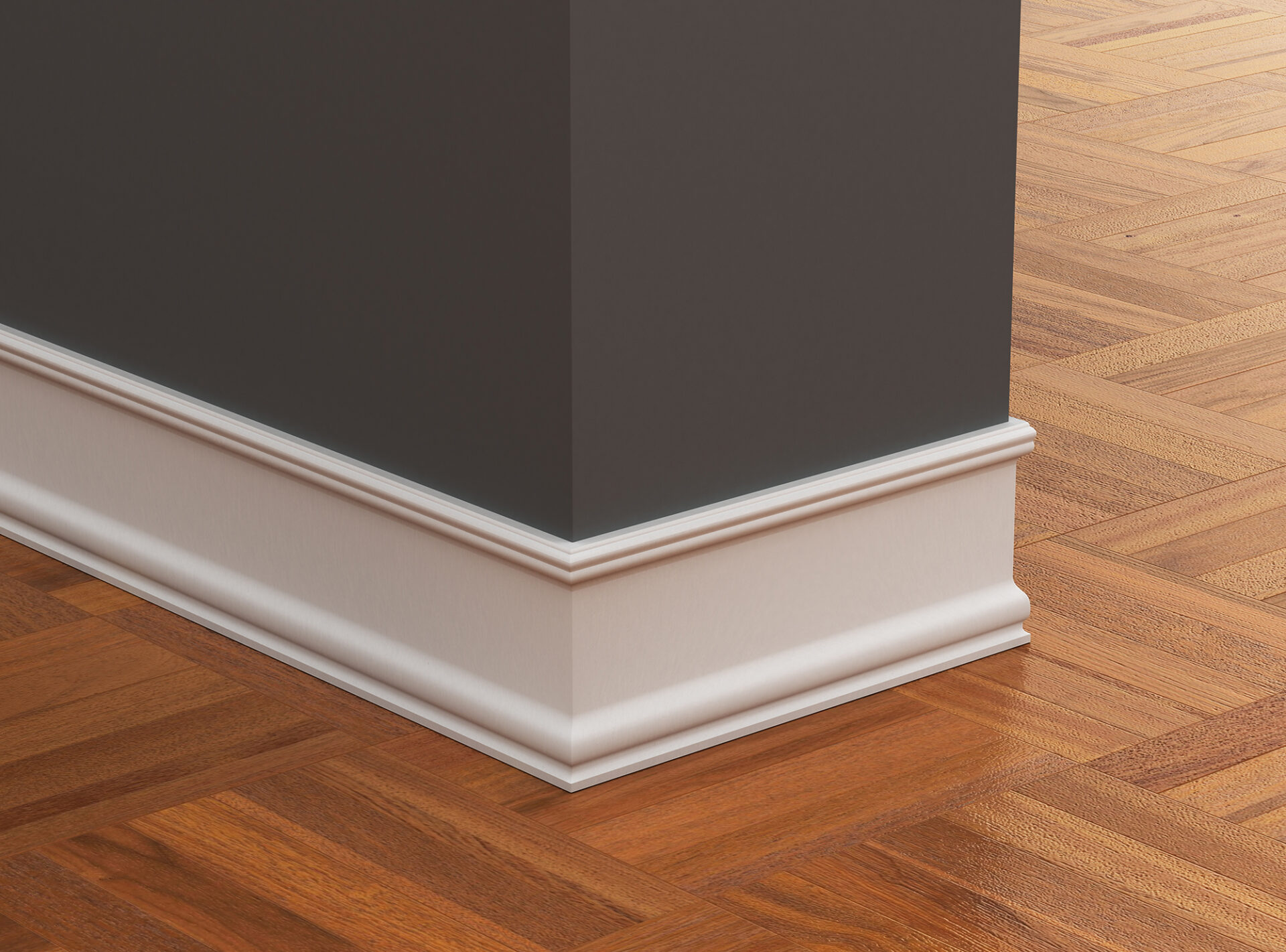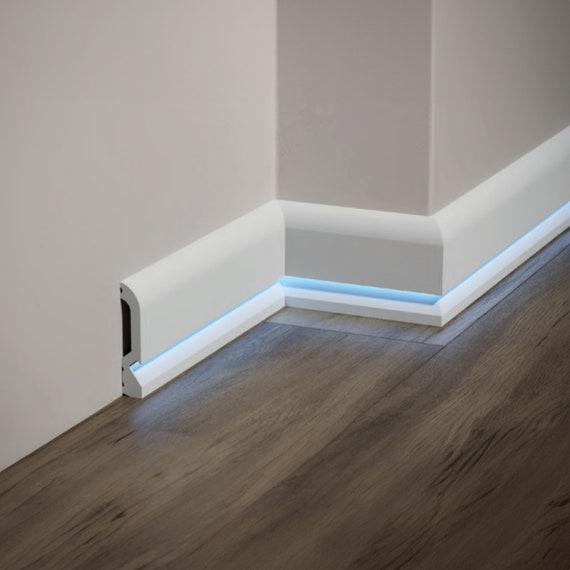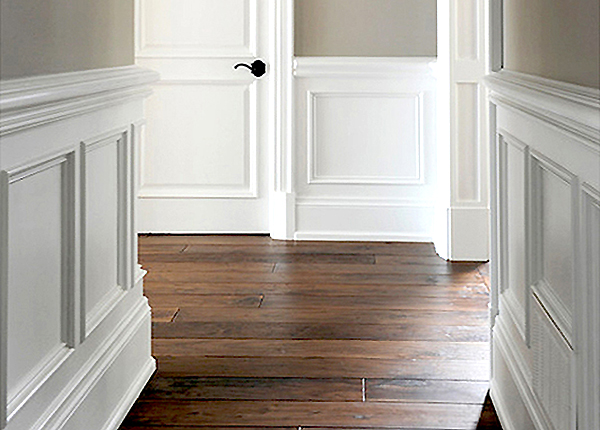Decorative baseboard molding is more than just a finishing touch for your walls; it’s a design element that can elevate the aesthetic of any room. As someone who has remodeled multiple spaces in my home, I can personally attest to the dramatic effect that the right baseboard molding can have on the overall feel of a room. In this comprehensive guide, I’ll walk you through everything you need to know about decorative baseboard molding, from styles and materials to installation tips and maintenance.
What is Decorative Baseboard Molding?
Baseboard molding is the material placed where the wall meets the floor. It serves both a functional and decorative purpose. While all baseboards offer some protection to your walls from furniture scuffs, decorative baseboard molding adds personality and charm to your space.
Types of Decorative Baseboard Molding
Choosing the right type of decorative baseboard molding can greatly influence the atmosphere of your room. Below, we explore various styles, giving you a clear understanding of what might work best for your home.

1. Traditional Baseboard Molding
Traditional baseboards are characterized by their classic designs and profiles. They often feature detailed cornices and can range from simple to heavily ornate styles.

Pros and Cons of Traditional Baseboards
| Pros | Cons |
|---|---|
| Timeless appeal that fits various interior styles. | Can be more expensive due to intricate designs. |
| Wide variety of profiles available. | Installation may require more skill. |

2. Modern Baseboard Molding
Modern baseboards are sleek and minimalistic. They typically have clean lines and are ideal for contemporary spaces.

Pros and Cons of Modern Baseboards
| Pros | Cons |
|---|---|
| Creates a clean, streamlined look. | May not suit more traditional homes. |
| Generally easier to install. | Limited decorative detail. |

3. Farmhouse-Style Baseboard Molding
This style embodies rustic charm and is often made from reclaimed wood or materials that give a weathered look. They work beautifully in country-style homes.

Pros and Cons of Farmhouse Baseboards
| Pros | Cons |
|---|---|
| Offers a cozy, inviting feel. | May not fit modern aesthetics. |
| Can be budget-friendly. | Requires more maintenance if made of wood. |
Materials Used for Decorative Baseboard Molding
The choice of material for your baseboard molding is vital, as it will influence both the look and durability of the final product. Here are some common materials:
1. Wood
Wood is a classic choice for baseboard molding. It offers a timeless look and can be stained or painted to match your décor.
2. MDF (Medium Density Fiberboard)
MDF is an engineered wood product that is more cost-effective than solid wood. It is easy to paint and provides a smooth finish, making it a popular choice.
3. PVC (Polyvinyl Chloride)
PVC baseboards are waterproof and resistant to moisture, making them ideal for bathrooms and kitchens.
4. Polystyrene
Lightweight and affordable, polystyrene is another option, often used for its ease of installation and decorative profiles.
How to Choose the Right Baseboard Molding
Selecting the perfect baseboard molding involves several considerations. Here’s how to make the right choice:
1. Consider Your Room Style
The first step is to consider the existing style of your room. If your home features a modern aesthetic, sleek baseboards may be the best fit. Conversely, classic homes may call for more traditional profiles.
2. Think About Height
Baseboards come in various heights, typically ranging from 3 to 8 inches. Taller baseboards can create the illusion of higher ceilings, while shorter ones are less imposing.
3. Color and Finish
White is the most common color for baseboards, but feel free to experiment with other shades. Painting your baseboards to match your wall color or in a contrasting hue can make a bold statement.
4. Budget
Finally, determine your budget. While solid wood is often the most appealing option, it can also be the most expensive. Consider alternatives like MDF or PVC that can provide similar aesthetics at a lower cost.
Installation Guide for Decorative Baseboard Molding
Now that you’ve chosen the perfect baseboard molding, it’s time to install it! Here’s a step-by-step guide.
Tools You Will Need
- Miter saw
- Nail gun or hammer
- Level
- Tape measure
- Wood glue (if necessary)
- Caulk
- Paint or stain (optional)
Step-by-Step Installation Process
- Measure Your Walls: Use a tape measure to determine the length of each wall where you’ll be installing baseboards.
- Cut the Molding: Use a miter saw to cut the molding at 45-degree angles to fit the corners of your wall.
- Test Fit: Place the pieces against the wall to ensure that they fit as expected.
- Attach the Molding: Use a nail gun or hammer to attach the molding to the wall, ensuring it is level.
- Fill in the Gaps: Use caulk or wood filler to fill any gaps or nail holes for a smooth finish.
- Paint or Stain: If desired, paint or stain the baseboards to match your décor.
Maintenance Tips for Decorative Baseboard Molding
Once installed, maintaining your decorative baseboard molding will keep it looking beautiful for years. Here are some maintenance tips:
1. Regular Cleaning
Dust your baseboards regularly with a soft cloth or duster. For more stubborn stains, a damp cloth with mild soap can do the trick.
2. Touch Up Paint
If you notice any nicks or scratches in the paint, don’t hesitate to touch them up. Keeping a small amount of your baseboard paint handy will make this task easier.
3. Inspect for Damage
Periodically inspect your baseboards for signs of water damage or wear. Addressing these issues promptly will prevent further damage down the line.
The Cost of Decorative Baseboard Molding
The cost of baseboard molding can vary greatly depending on the material, style, and height. Below is a general cost overview:
| Material | Price per linear foot |
|---|---|
| Wood | $1 to $5 |
| MDF | $0.50 to $2 |
| PVC | $0.75 to $3 |
| Polystyrene | $0.50 to $2.50 |
FAQs About Decorative Baseboard Molding
1. What is the best material for baseboard molding?
The best material depends on your specific needs. Wood offers a classic look, while MDF can be more budget-friendly. PVC is great for moisture-prone areas.
2. How tall should baseboards be?
Baseboard height typically ranges from 3 to 8 inches. Taller baseboards can enhance the appearance of a room, especially in spaces with high ceilings.
3. Can I install baseboards myself?
Yes! With some basic tools and a bit of patience, you can install baseboards yourself. Follow the steps outlined above for a successful installation.
4. How do I clean decorative baseboard molding?
Dust your baseboards regularly and clean them with a damp cloth and mild soap when necessary. Avoid harsh chemicals that could damage the finish.
5. Can I paint my baseboards a different color?
Absolutely! Painting your baseboards a different color can create a striking contrast or complement your wall color. Just ensure to sand and prime if you’re changing from a darker to a lighter shade.
Conclusion
Decorative baseboard molding is a fantastic way to add character and charm to any space. By carefully choosing the right style and material, you can create a look that complements your home while also providing protection for its walls. Whether you’re a seasoned DIYer or a first-time homeowner, I hope this guide has equipped you with the knowledge and confidence to enhance your space with beautiful baseboard molding.
So, what are you waiting for? Roll up your sleeves, select your favorite style, and get started on transforming your home today!